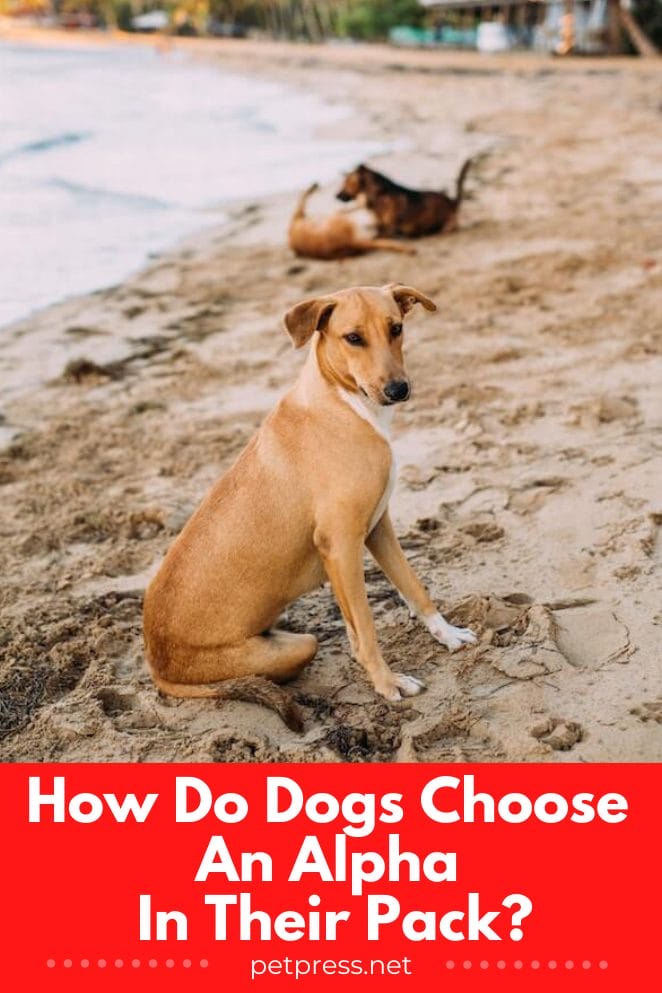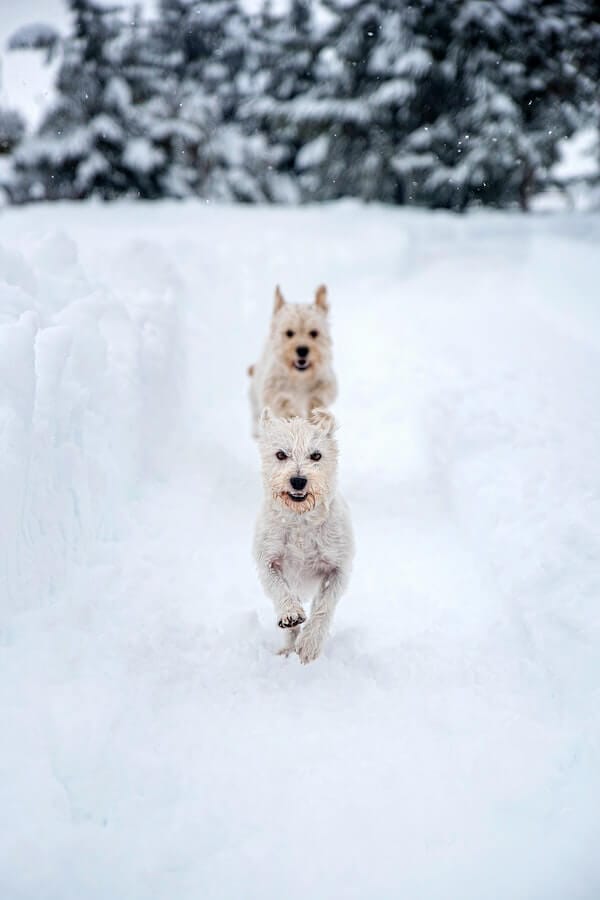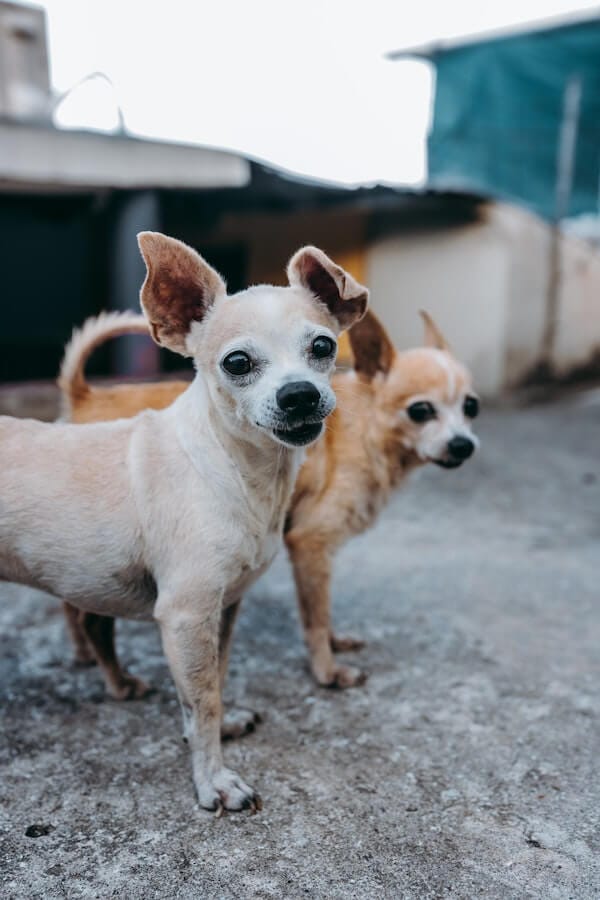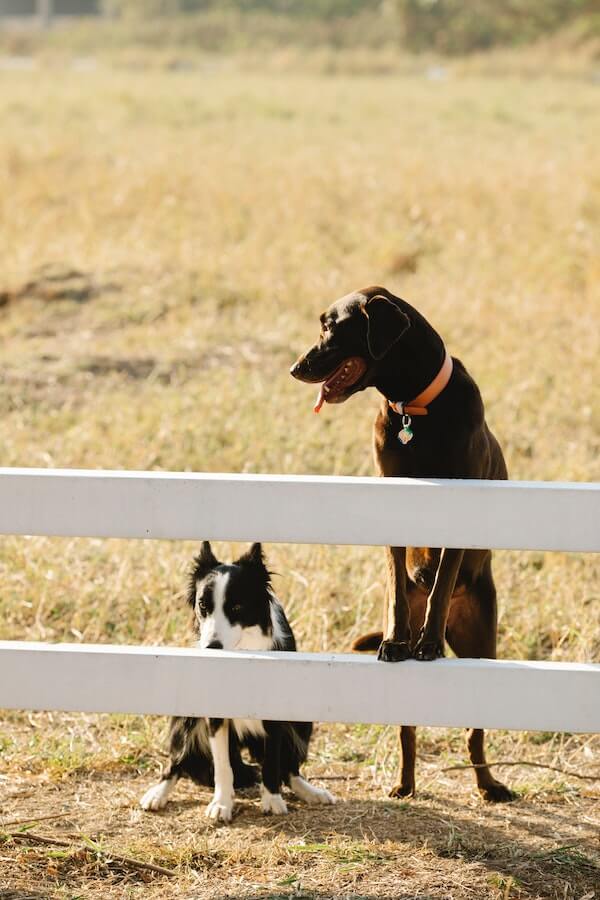
Have you ever wondered who’s the alpha in a pack of dogs? How do dogs choose a leader or alpha in their pack and why is it important for them to choose one? It turns out, there are certain behaviors that make up a canine power struggle.
Dogs often use dominance-style communication to determine who will lead the pack. This usually involves posturing, such as staring contests and growling.
The dog that appears most confident typically emerges as the “alpha” or leader of the group. But becoming an alpha isn’t always so easy – each member has to prove their strength and show they can protect their pack mates if needed.
Once an alpha has been established, they will display leadership traits like being first through doorways and taking the best spot to rest.
They will also show signs of dominance, such as mounting, growling, and guarding food or objects against other pack members.
It’s important to remember that alpha behavior is not always negative. It can help keep a pack orderly and prevent fights between dogs. An alpha dog provides a sense of security and structure for their pack mates by setting boundaries, which in turn helps create feelings of safety within the group.
How do dogs choose a leader or alpha in their pack?

Do dogs have a leader in their pack? Of course, they do! How do they choose one, though? Here are 10 ways that dogs select an alpha in their pack.
1. Resource Guarding:
Those who protect resources—food, toys, and even sleeping spots—tend to be seen as higher-ranking members of the group.
2. Physical Strength:
Canines tend to favor those with physical strength and size when choosing an alpha dog. This may come naturally or can be earned through successful showdowns with other rivals.
3. Confidence:
Dogs might instinctively look for confidence in their alphas, which generally comes from past experience and good leadership skills. A confident dog will often be able to take charge and show the way in difficult situations.
4. Proactivity:
Dogs who take initiative often have an advantage when it comes to leadership. Those who are proactive when faced with challenges, such as defending their pack from intruders or strangers, often become alpha dogs.
5. Status Signals:
Howling, barking, playing bite—these are all status signals that can help a dog distinguish itself from other potential alphas and establish dominance in the pack.
6. Training:
A well-trained dog may be more likely to take on leadership roles within its pack due to its superior knowledge of commands and obedience.
7. Territoriality:
Having a secure territory is key for an alpha dog. Dogs that have a strong claim on their turf are more likely to be seen as the leader within their pack.
8. Respect:
Respect is earned, not given—at least in canine society. Alphas who demonstrate respect towards other members of the pack may be granted leadership privileges due to the trust they’ve earned from those around them.
9. Attention Seeking:
A good alpha understands how to get and maintain attention when needed, whether it’s through vocalizing or using body language.
10. Social Skills:
How well a dog can interact with other members of its pack is important for selection as an alpha dog, including understanding when it needs to back down when challenged by another member.
How do dogs decide on pack order?

Dogs, just like humans, can be quite hierarchical when it comes to social order.
But unlike us, they don’t rely on public titles or fancy job descriptions – instead, their pack order is determined by a combination of dominance, submission, and trust.
Dogs establish their place in the pack by displaying signs of dominance and subservience.
A dominant dog will maintain an upright posture with its tail held high, while a more submissive canine may have its ears flat against its head and tail tucked between its legs.
If a dispute arises between two dogs (or more) over who should be in charge, the most dominant one usually gets his way.
Trust also plays an important role in determining which dog is in charge.
Dogs who are trusted with important tasks – like being a guard dog or fetching food for the rest of the pack – may have a higher ranking than others.
The rules of pack order can often change as different dogs come and go, but one thing remains constant: every member knows their place and respects it.
This helps keep the peace within the pack and ensures that all members get along well.
Do dogs think humans are their pack?

Dogs may think humans are their pack, but they don’t always act like it! They’re smart enough to recognize that humans aren’t the same species as them and that we can provide food, shelter, and protection.
But instead of following our orders like a wolf would follow its alpha’s commands, they often prefer to do their own thing. Snuggling up on the couch or taking a leisurely stroll around the block when you’d rather they were running beside you.
Dogs also show affection differently than wolves. Dogs are known for showering us with licks and tail wags, whereas wolves tend to express themselves more subtly.
They might also follow you to the bathroom as a sense of being a part of their pack. So while dogs might not be “pack” members in the traditional sense of the word, there’s certainly something special between us and our canine companions.
We may not always see eye-to-eye, but that’s part of the fun!
Conclusion

It’s clear that pack behavior in dogs is complex and varied. The “alpha” dog usually has higher social status, is more confident and assertive, and interacts more with other members than its peers.
Regardless of who takes on the role of alpha, though, it is obvious that group dynamics in canines are just as intricate as those found in any human society!
Now that you know how do dogs choose a leader or alpha in their pack, you can identify the pack leader with just a glance.


GIPHY App Key not set. Please check settings